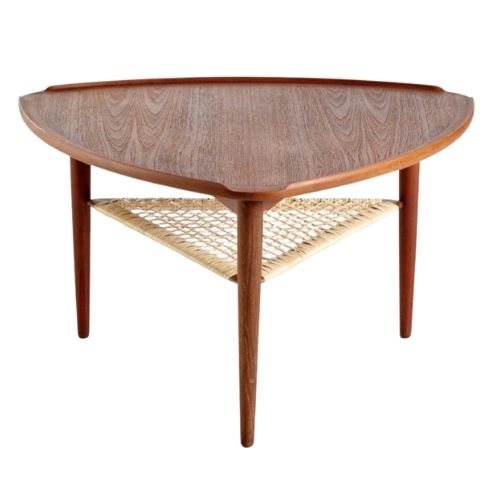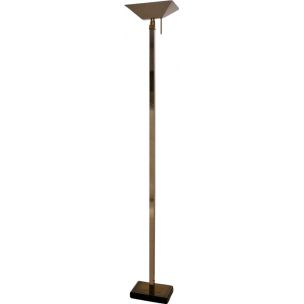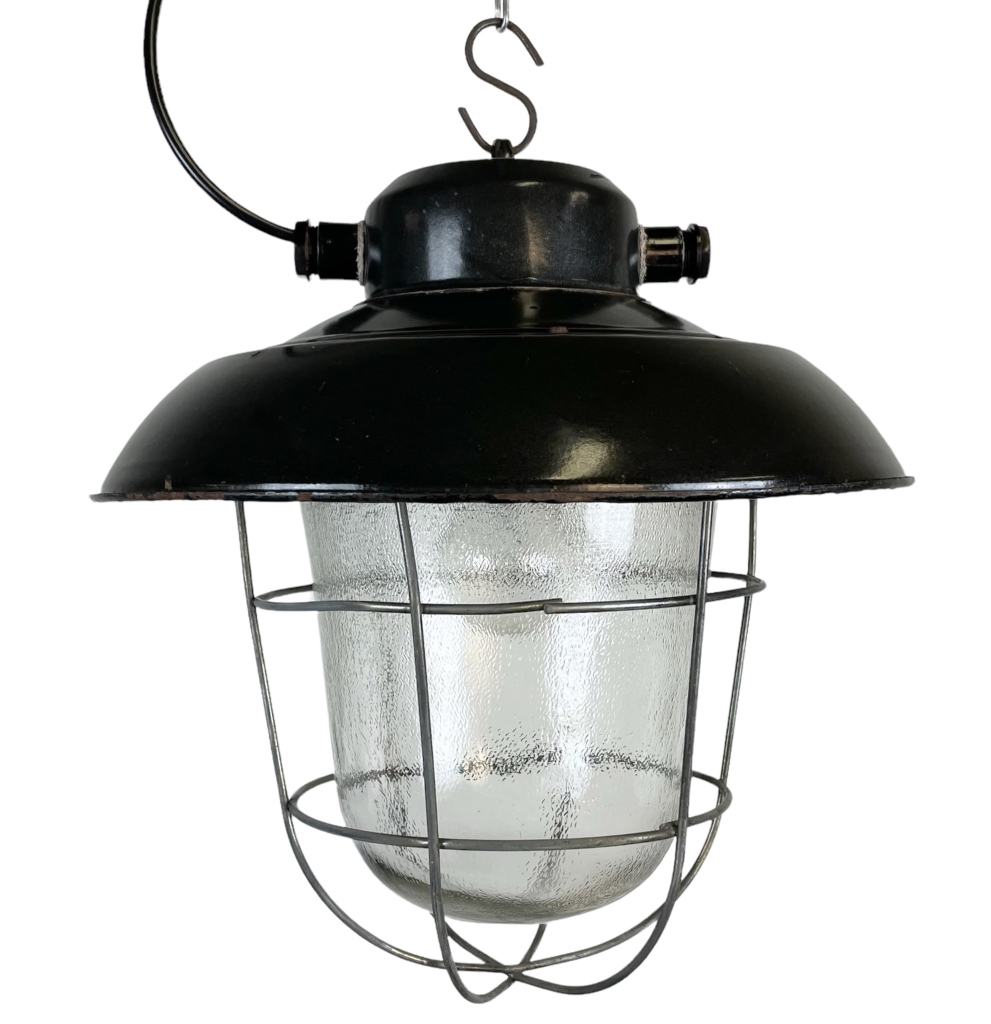i have seen this question before about re-veneering these chairs so i am Starting this thread to document a re-veneer job on a eames herman miller DCM that i picked up while on vacation. A silver label chair from 2001
the back was drilled out as it had shock mount failure. i wouldn't be re-veneering the chair if who ever owned it before tried to repair a chunk of broken veneer using gorilla glue. GORILLA GLUE is a NO NO when you do not use clamps as the stuff expands!! As it raised the repair peice of veneer a 3/32's or so.
besides the drilled out back all of the press in feet were broken..2 were just the metal rods and the other 2 were complete but broken in half and bent. I had rubber press on feet from another base which I went ahead and put on and will do for now
i order some new mounts from Amanda at modern conscience which came in today so i decided to start today preparing the seat pans
 <img class="wpforo-default-image-attachm
<img class="wpforo-default-image-attachm
--------------------
There are a lot of chairs out there begging to be saved, that's for sure.
A person needs some pretty heavy duty equipment to do this, yes? I am interested to see you detail the process. I was recently shopping for someone to apply top veneer to LTRs and found that either the skill/means to get it done were not available locally or the cost exceeded my gumption.
Luckily the one shock mount...
Luckily the one shock mount puck where the veneer was messed up wasn't even attached so all it took was the clean up the wood. A 1 3/4 inch forester bit fits perfect and cleans up the wood nicely. Use a varibule speed drill and go slow and stay inside the ledge. You are just skimming and not drilling
The other side was firmly still attached so with a chisel and deadblow while clamped I got the mount off. But the metal plate was left, so with one slit of a Dremel it came right off with little force using a screwdriver in the slit
Using the same method of the forester bit I clean up the other side.
Sanding down the raised...
Sanding down the raised veneer to level it out and expose the low spots I then taped the holes on the front And filled all the low spots and the drilled out holes with epoxy
As if you didn't fill the big holes the vacuum bag would make dimples in the areas where they are
So I am kinda skipping one...
So I am kinda skipping one or two steps here but I am gonna go ahead and show what I will be using for the veneer Before people start saying the chair won't be original because it won't have any of the Herman miller veneer Yada yadda yada.... It will.
Let me show you. I attained This stuff and a few others awhile back. I believe they are cut to rough siZe for DCM/lcw etc.
But yep. Herman miller Rosewood. I also have natural and warm walnut as well as teak, oak and cherry. What do you think should be used.
.
Forstner
obtained
Be sure to cut the veneer with very little overhang (like, none) for pressing in the vacuum bag. Make a dry run to assure complete bending. Glue one side at a time ?
I'm really surprised that they provide prefinished veneer. The veneer must be pliable enough to follow the edge curl of the chair back; it must literally compress in width to conform to those curls. Raw veneer can be softened prior to lamination; I wouldn't expect finished veneer to move in the same way . . .
But, that's what they supply, so I guess it works. Best wishes !
PS -- I see that the chair back has perhaps a bit less of that shape than the earlier chairs had ? That will help.
You can use the dry run to check that your prep job is complete: the light will reflect off the prefinished surface quite nicely and betray any lumps or dips . . .
To demonstrate
the need for pliability of the veneer, take a sheet of ordinary paper, tape it to the chair back so it overlaps one corner of the piece, and attempt to mold it with your hands so it lays down completely over the entire corner. You will find it wanting to crimp and compress on itself at the corner . . .
The vacuum bag has the force necessary to make the veneer comply -- within limits. Ambient air pressure (outside the bag) produces 17 pounds/square inch of force, I believe. Doesn't sound like much, but it does the trick.
The reason I counsel cutting the veneer with very little overhang is so that the veneer won't try to bend downward beyond the plywood, potentially causing a poor glue bond right at the edge of the workpiece and also splitting or cracking the veneer. A dry run will confirm that you have it right. 1/8" overhang is probably okay; 3/32" would be better.
A relatively easy way to cut the veneer to the right shape is to get a block of firm foam, place the veneer face-down on it and press the chair back onto that, using a pencil or sharpie to trace the outline.
.
I've done a lot of vacuum pressing but never anything as delicate as this so grain of salt and all that.
I'd try a few dry runs supporting the shell with a big bag of rice or something like that and some way cheap veneer first. If you're going to use polyurethane glue (gorilla is, isn't it?) I'd suggest no, or at least make sure you protect the face of the veneer somehow, thoroughly, that foaming stuff is hell.
You could try flipping the job upside down so the bag won't damage an overhanging edge. I'm not sure, I'd enjoy playing with it though.
I agree with everything SDR says though, except its 14.7 psi at sea level in a complete vacuum, which you never quite get, it is a great tool though.
Who knows, maybe the OP is a vacuum wizz and were selling sand to Arabs 🙂 Good luck.
Ha. "Great minds
think alike" ? I always expect the best from you, for sure, tktoo -- and Heath as well. Each of us has had different experiences, of course, so it's nice to know that some of the same issues have occurred, leading to similar advice.
I had the frustrating experience (stop me if I've told this one already) of having an employer mistrust the air bag technique, merely because he hadn't used one himself. We had a tricky door-refacing job to do, and it would have been far easier and probably better to have used the vacuum bag than the fussy caul-and-clamp technique that had to be employed -- there was a small window with raised frame on the door. The problem was compounded by the fact that he believed that urea resin could be mixed an hour or more before it was needed. A gelatinous mass was what we spread in the door, at the end of the day. I should have put my foot down -- as I usually do !
I have certainly had success with PVA glue, for interior use; I like its longer open time and lower viscosity, for veneer work. I assume our poster will be sure to remove all traces of previous finish from the chair parts . . .
Heath, I believe the bag would try to curl the veneer around the part no matter how it's oriented -- because the bag needs to press on both sides of the plywood equally if its not to bend or crack the plywood ? Unless there's a technique I haven't seen yet, which is certainly possible !
I wouldn't use polyurethane glue for veneering -- as long as there are alternatives, and not without experimentation -- because of the expansion and squeeze-out issue. I believe the OP found his chair with someone else's Gorilla repair in place.
.
I was thinking of an oversized big flat sack of rice or sand on the platten, then veneer, glue, shell. You get the downward pressure on the shell and the evened out pressure on the sack, which supports the overhang?
Do one side, trim, then the next side? There is no way I'd try doing both sides at once, it would just be a disaster
PVA is fine in vacuum, I like to do it for a little longer than usual and at no more than 20hg, to have a little air in the system, apparantly it will bond but not cure in vacuum. Urea F is unpleasant, it does a good job but too often I'd find the 5 litre bottles would go off before I used even half of it, then there was the disposal issue, and of course the cleanup, I just used to have to throw the rollers way, nothing would get that shit off.
SDR, you know what they say about curiosity.
I'm probably most curious about how the dear boy got his hands on the odd veneer. I don't think HM would supply it to the general public, but maybe I'm wrong. It sure appears stiff in the photo, though. And the vacuum bag method seems somewhat less than straightforward to me, too, for this application.
Far be it from me to discourage youthful enthusiasm and I certainly wish the OP the best of luck, but, from my perspective, re-veneering all four sides of a late-production DCM seems like a task unworthy of the effort.
We're supposed to learn from our mistakes, though. And, in the end, experience is sometimes more about knowing what NOT to do, eh?
Indeed.
But what method would you use for this veneer job, assuming it was worth the effort ? (I guess this is a good learning experience, in any event !) If not the vacuum bag, then you're stuck with making at least a new negative form for the face -- and another for the back -- with a thin foam interlayer and a waxed Naugahyde or plastic-film surface, maybe ?
Heath, the only issue with that scenario, for me, is that you don't see the veneer through the bag, to make sure it's got no bubbles or folds ? It's nice to be able to use a finger to manipulate any trouble spots. But it would take care of the margin issues . . .
For that exterior door, I wonder what would be the best alternatives for adhesive, assuming a vacuum bag application ?
Off to the eye doc. Later.
If you need any help, please contact us at – info@designaddict.com









